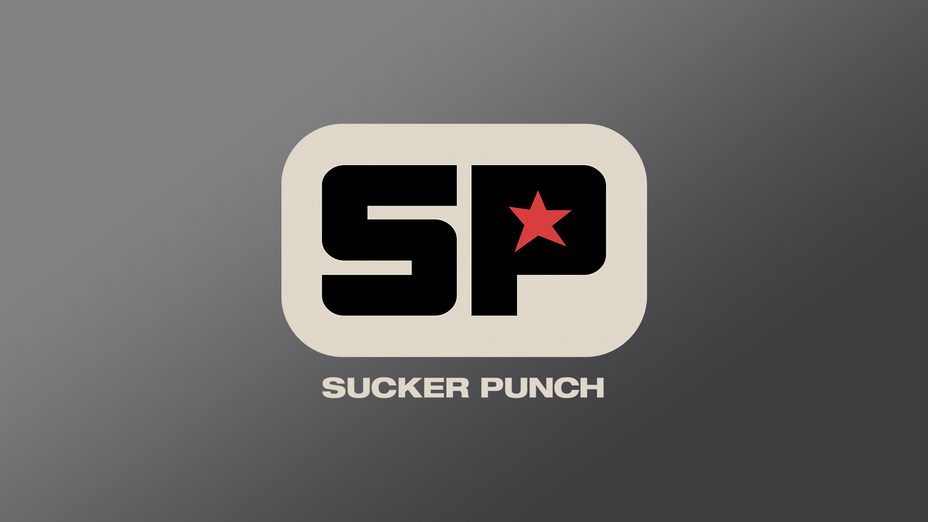Art and Engineering Combine to Make Insomniac’s Custom Capture Tech
Principal Technical Artist Nathaniel Bell breaks down the origin of their body/head scanners
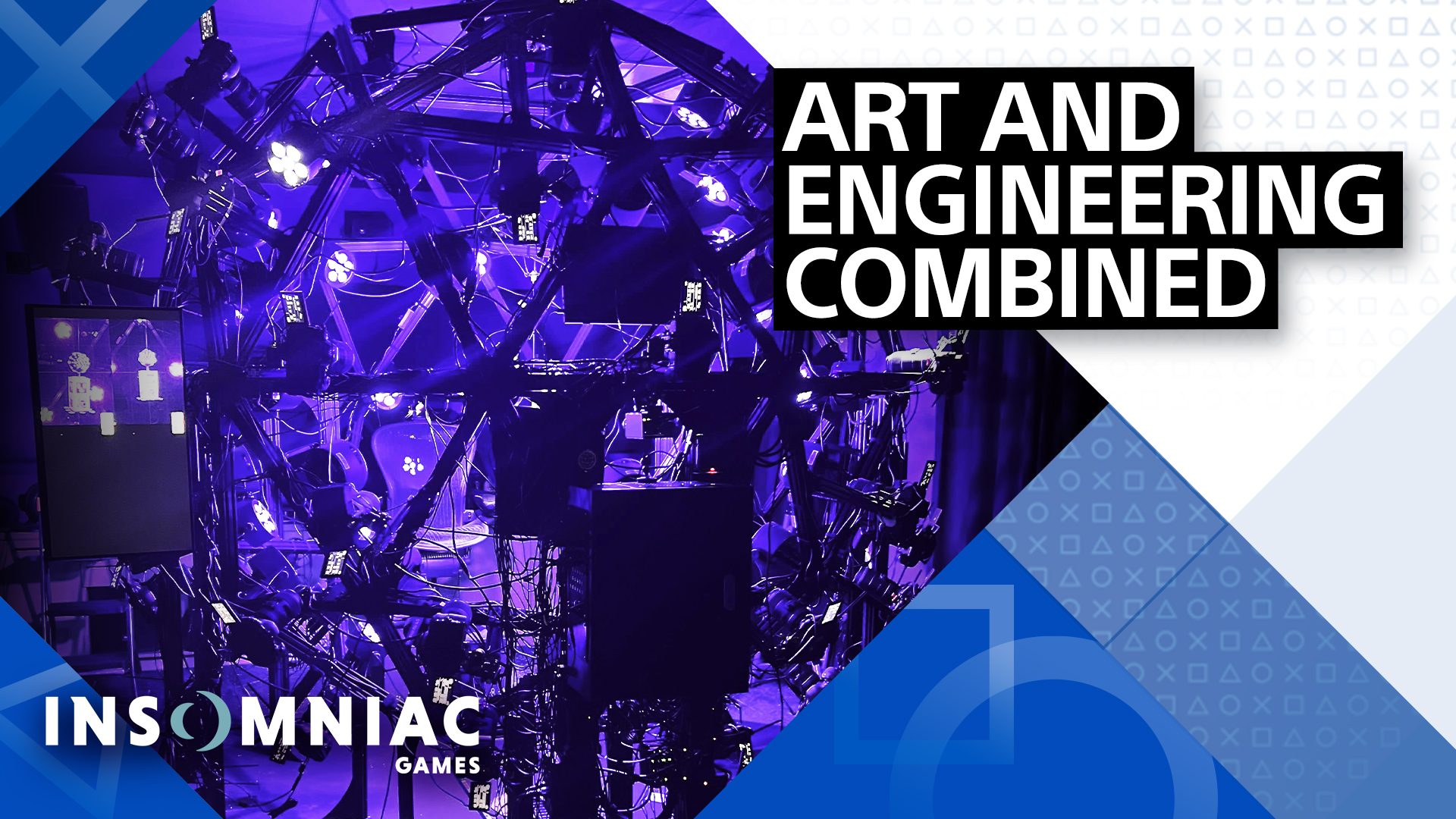
Sony Interactive Entertainment is one of the most prominent crossroads where creativity and technology intersect, and the development of Marvel’s Spider-Man series, from Insomniac Games, includes one of the most intriguing examples of that interaction. Resembling something from a science lab in a comic book, Nathaniel Bell, Principal Technical Artist, and his team–Chris Devens, Katheryne Wussow, Dustin Han, and Austin Broder–designed and created custom scanning devices that capture bodies, wardrobes and heads for the development team to work with as they crafted both games’ beautiful, detailed, and deeply immersive worlds.
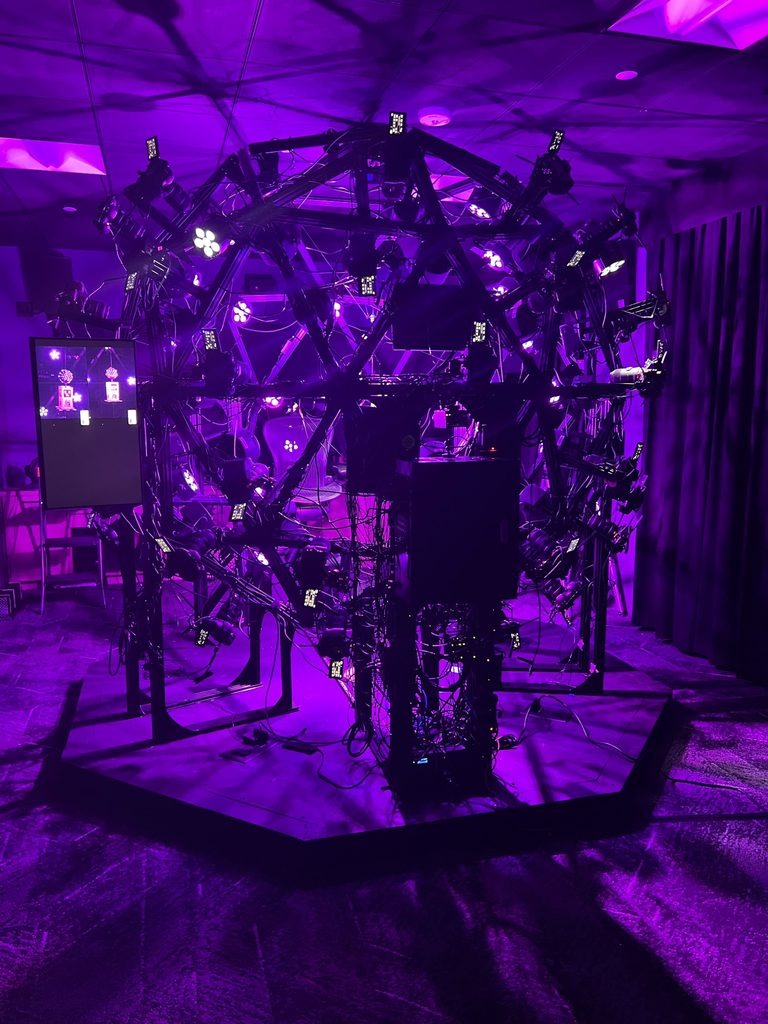
At a glance, the body and head scanners are technical feats that elicit wonder, but there’s more than meets their many eyes. The creation of these tools was a chance to face down the realities of game development roadblocks, expand on professional skills and personal interests, collaborate across thousands of miles, and accomplish something simply…spectacular.
Built in a Barn from Scratch
Constructed from the ground up, these custom-made rigs were designed for full-body and facial 3D scanning. Nathaniel and his team sought to provide artists with accurate to real-life scan data to work from—invaluable for items that would be time-consuming to create by hand, like how clothing folds based on movement, textures, and actors’ various unique skin tones.
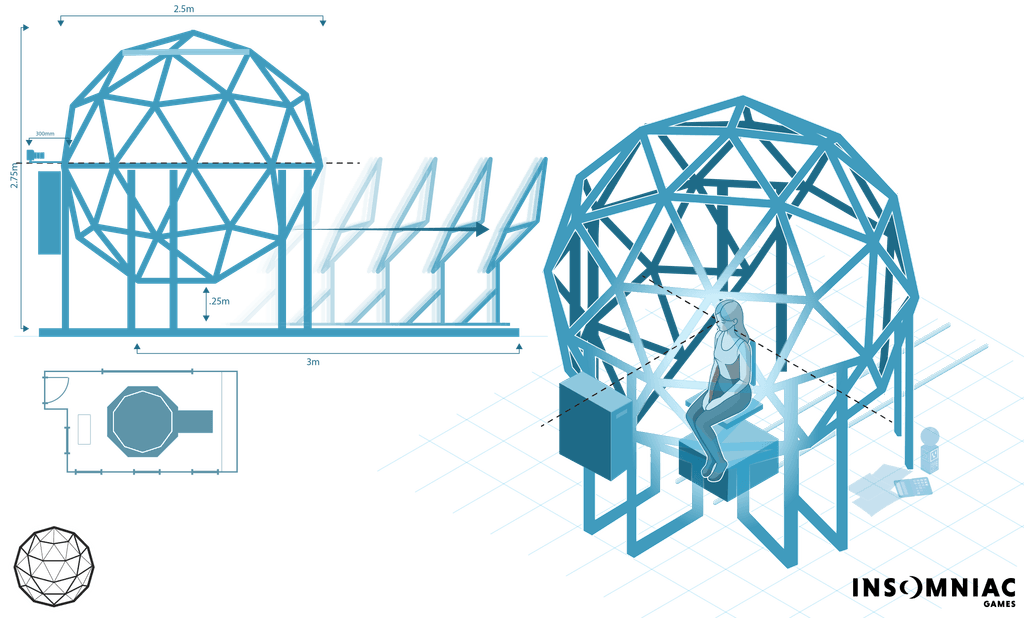
The body scanner contains approximately 204 cameras that were purchased mainly off the shelf. “Everything from the brackets that hold the aluminum frames together to the PCB circuit boards that make up the custom camera trigger system to the software that runs on the scanners was designed and/or fabricated in-barn,” Nathaniel explains, with “barn” referring to his residential workshop. “All structural parts were cut on a CNC plasma table or laser cut out of sheet material, and the PCBs were custom-designed, hand-assembled, and hand-soldered.” The head scanner, however, utilizes 35 higher-caliber cameras for the front half of the face. Both contain lighting that can be customized, and the two scanners are controlled via an artistically crafted UI and operate as self-contained networks that are remotely accessible.
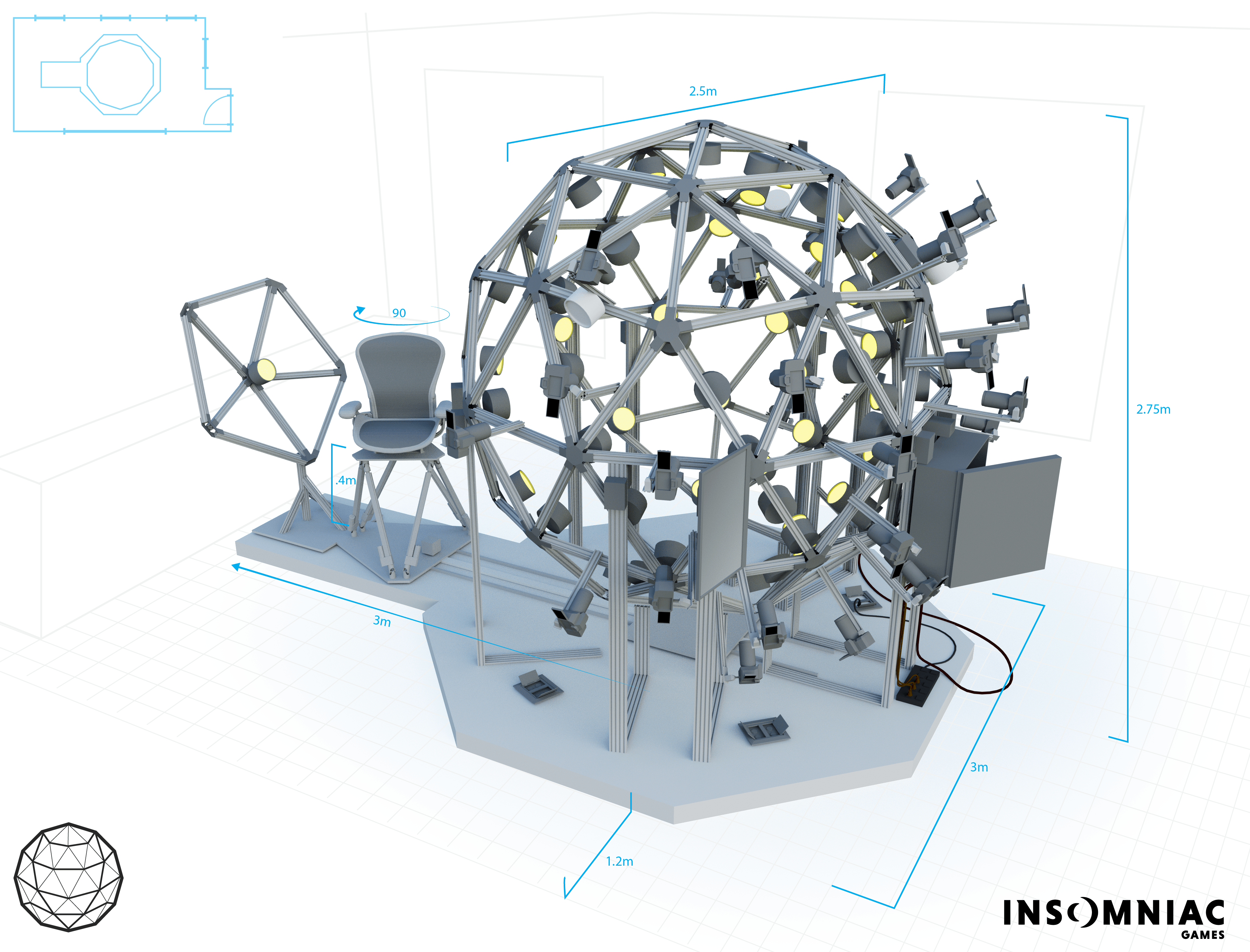
Today, the body scanner is housed at the Insomniac Games studio in Burbank, California, where it can be accessed remotely, even from its birthplace of the barn in North Carolina, where Nathaniel conducts most of his work. He now focuses on developing Insomniac’s physical tools and techniques for obtaining in-game imagery.
The Origin Story
The creation of the body and head scanners began in 2020, when Nathaniel saw an opportunity to create capture methods specific to Insomniac’s vision, alleviating logistical and technical challenges.
Appreciating Insomniac’s ethos of encouraging innovation and experimentation for all, Nathaniel feels Insomniac was a place “where if you raise your hand and say ‘I’m interested in solving a problem,’ nine times out of 10, you’re going to get a chance to solve that problem.”
“For me, developing our scanning ecosystem has required physical building skills, hardware design and engineering, programming, problem-solving, and some light science,” Nathaniel says. “Taking on these challenges has allowed me to scratch all those itches like no other role in game development could.”
In developing this knowledge internally, Nathaniel’s team found that iteration is the key to getting the best results. While part of the intent was to solve the physical limitations with capture sessions and advance their capture capabilities to streamline the visual production process, the team found that “generating our data will help us as we integrate more intelligent automated functionality into our pipeline, and being in complete control allows us to change and optimize all aspects of it.”
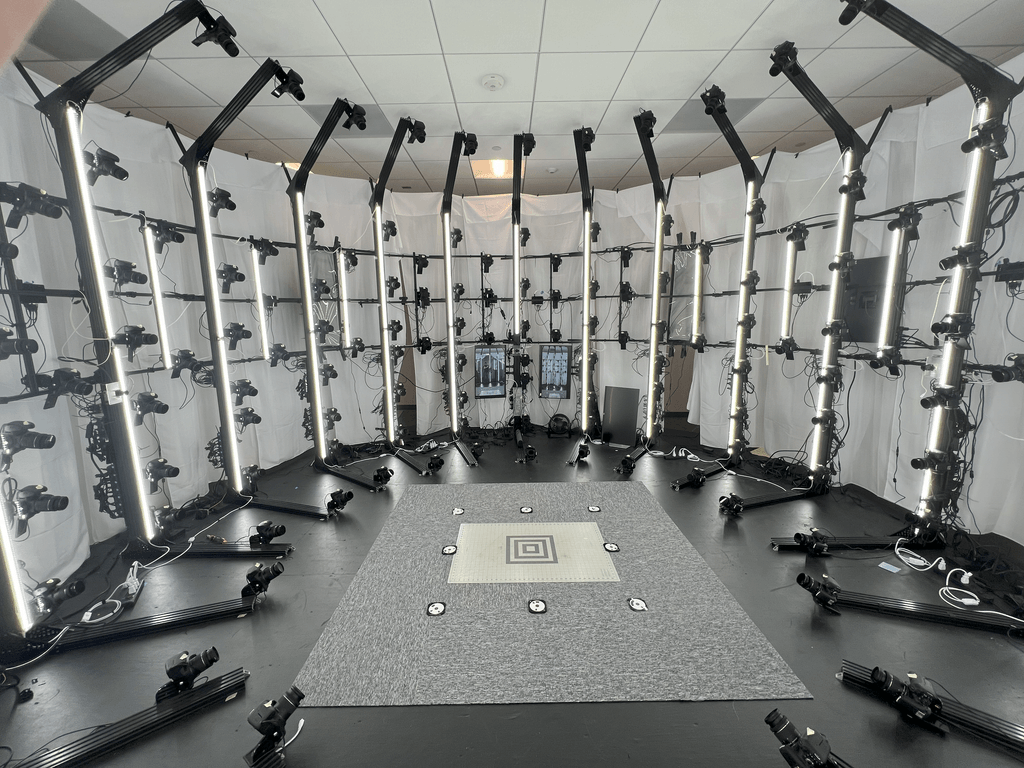
Great Technological Power Creates Great Artistic Responsibility
Celebrating his 19th year with the studio, Nathaniel has enjoyed a storied career at Insomniac. He’s navigated many exciting twists and turns that have culminated in his dream role in Tech Art, where he shares, “I probably should have been [here] the whole time–tech art is the perfect blend of hands-on engineering, artistry, and programming. Tech artists help generate and refine practical, cutting-edge workflows for our ever-changing industry.” Nathaniel asserts that he “does identify as an artist first.”
Credit for helping with the creation of our entire scanning ecosystem goes to Chris Devens–“my right-hand man,” says Nathaniel. “Chris is an expert in all things scanning, helps with physical builds, and owns a large part of the scan processing side of the pipeline.” In addition, Katheryne Wussow, Dustin Han, and Austin Broder were the in-office “boots on the ground,” handling talent wrangling and running the scan sessions in person with the actor, while Nathaniel can remote in, debugging or assessing the quality of captured images from his barn.
As part of PlayStation Studios within Sony Interactive Entertainment, Insomniac Games continues to push the boundaries of technology and creativity to deliver groundbreaking experiences for players worldwide.
